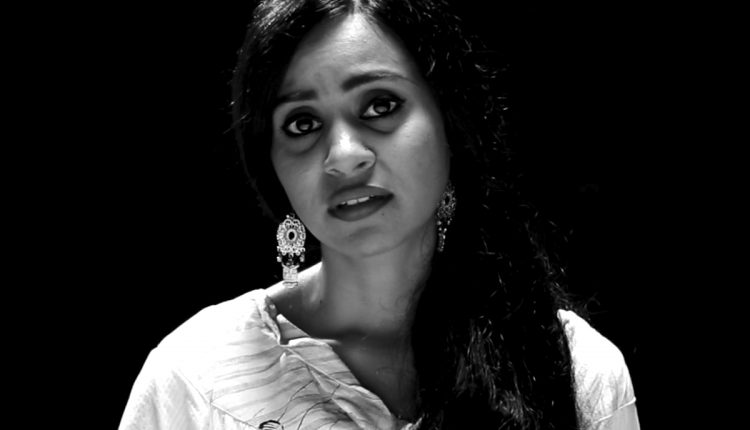
“Help Me Help Myself” – Early Detection Can Save Lives
Help yourself and get checked!
Breast cancer is one of the most common cancers among women. Worldwide the incidence of breast cancer is so high that it is believed to be the most common cancer in the world with 1.7 million new cases arising each year. It is estimated that Pakistan has the highest rate of breast cancer, among all Asian countries. Every year 90,000 new cases are diagnosed, out of which approximately 40000 die. This high mortality rate can be attributed to the lack of awareness amongst the Pakistani population, as well as the deficient medical resources in the country. Early detection is the only through which the rising number of deaths can be lowered – every woman should prioritize her health and learn to help herself in this regard.
Although anyone can get breast cancer, it is much less common in men. Furthermore, there are certain factors that predispose some women more than others. Some of these factors include prolonged fertility period (early menarche, and late menopause), a family history of breast cancer, obesity, oral contraceptive pills, hormone replacement therapy, lack of breast feeding, ageing, and genetic mutations such as the BRCA 1 and BRCA 2 mutations.
Signs to watch out for:
- A lump in the breast of armpit
- Pain in the armpits or breast that has no relation to the monthly menstrual cycle
- Pitting or redness of the skin of the breast, like the skin of an orange
- A rash around or on one of the nipples
- A discharge from a nipple, may or may not be stained with blood
- A sunken nipple
- A change in the size or shape of the breast
- Peeling, flaking, or scaling of the skin on the breast or nipple
Worldwide, October is celebrated as breast cancer awareness month. An entire month is dedicated to it, because we have learned with advances in science, that breast cancer is very easy to treat if it has been caught in its early stages. Most of the above-mentioned symptoms do not appear until the disease has reached an advanced stage, treatment after which, is very less likely to succeed. This is why it is so important to create awareness about breast cancer, and the ways in which women can be screened for the presence of the cancer, even before it has advanced enough to produce signs and symptoms.
Screening for breast cancer begins at home. All women should be encouraged to do a breast self-examination, every month. The ideal time to perform the breast self-exam would be one week after the monthly menstrual period has ended. It is very simple to do, and is performed by gently palpating the breasts with your hands, in order to feel for any lumps, tenderness, and skin changes. Other than that, any changes in shape and size can also be observed, as no one can be a better judge of that than the woman herself.
The self-exam doesn’t end with just the breast. It is equally important to assess the armpit as well for any lumps. On the breast self-exam, if a woman notices any of the changes discussed above, it should make her immediately suspicious, and schedule a visit to the doctor. In the clinic, a series of examinations and tests are performed by the doctor in order to rule out breast cancer. Firstly, the doctor will start with a breast examination by hand to feel for any obvious lumps, tenderness, or scaling. They will also examine the armpit to look for any lumps there, as cancer spreads from the breast to the lymph nodes in the armpit. If the doctor finds anything suspicious they will conduct further imaging tests.
However, the monthly breast self-examination is not enough, and it should be followed up with yearly imaging tests, regardless of whether there is enough evidence causing suspicion, or not. Imaging tests that are the mainstay of breast cancer screening are the Ultrasound, the MRI, and the Mammogram. Mammograms are more useful in ladies over the age of 40, as the breast tissue becomes less dense with age, and hence cancer becomes easier to detect on the mammogram. For women that are under the age of 40, ultrasound is a much better screening modality. Even though breast cancer is less common under the age of 40, it is not exactly rare either, hence the need for the ultrasound screening.
WHO guidelines suggest that every woman over the age of 40 should start getting Mammograms annually, up until the age at which the risks of doing a mammogram, outweighs its potential benefits.
Breast cancer is among the leading causes of death and the fact that it is leading to high rates of mortality calls for action via awareness and reinforcing regular check-ups. As a responsible member of this society, it is up to us, to create more awareness among all the people of our community, and play our part in reduction of breast cancer mortality.

